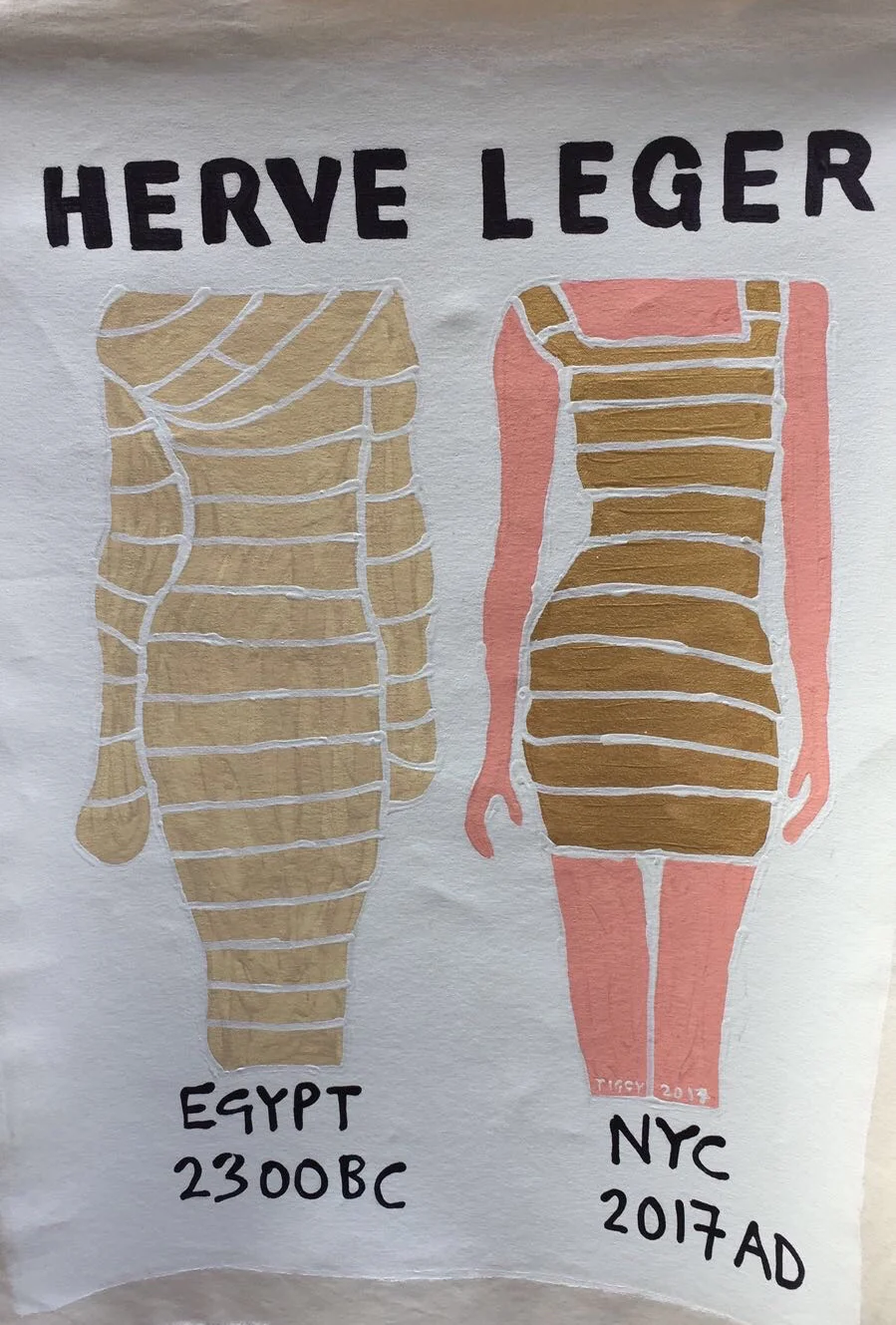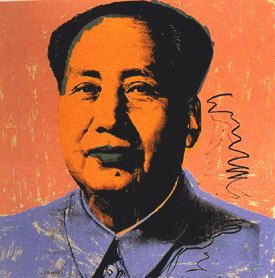Tiggy Ticehurst's Contemporary Art Class
"Seeing people coming out saying WTF was that? WTF did I just see?" is how the idea to create canvases which were "taking the piss and nicely attacking" the contemporary art establishment came to Tiggy.
However, Tiggy does not want to be labelled a political artist, he prefers to think of himself as an artist who makes people laugh.
Tiggy fell in love and started painting New York some 15 years ago. He arrived there at the turn of the new century and has been capturing the city's energy and vibrancy with maestro since then.
Positioning himself in the streets Tiggy has managed to reflect in his works the essence of New York, namely, the "busyness, the hustle and bustle, the people, the children with their mothers, the taxis, the cars". That and the omnipresent art scene which he has skillfully transposed onto his canvases with his brush and paints. This has earned him the Title of "Urban Primitive" by a famous NY Art Collector.
"It is quite a crazy place" says the London born artist who for many years stationed himself by the Metropolitan Museum of Art.
The Met is where Tiggy found the inspiration for his latest series, which focuses on contemporary artists, the global art scene, and the lack of understanding it generates amongst a great many visitors of the museum.
"Seeing people coming out saying WTF was that? WTF did I just see?" is how the idea to create canvases that "take the piss and nicely attack" the contemporary art establishment came to Tiggy.
Tiggy does not want to be labelled a political artist, he prefers to think of himself as an artist who makes people laugh. "Most people will stop and look and give me the feeling of joy and fun, they'll like it, they will pass smiling, enjoying what they just saw".
And we can only agree with him, we no longer count the amount of people passing by our boutique and bursting out laughing at seeing Tiggy's work.
The new collection is now available on demand in our boutique.
Photo Image Gallery - Rue Haute 92, - 1000 Brussels.
Mao x 10
"I like this better than our culture. It’s simpler. I love all the blue clothes. Everyone wearing blue."
Warhol on China in 1982
I like this better than our culture. It’s simpler. I love all the blue clothes. Everyone wearing blue.
Warhol's Mao series was inspired by Bruno Bischofberger, Warhol’s dealer who wanted Warhol to go back to making portraits and suggested he creates portraits of the most important figures in the 20th century. At the time, in 1972, Nixon had just made his historic visit to China and Mao had been declared the most famous person in the world by Life magazine.
Andy Warhol based his 10 screenprints that comprise the present work on Mao's official portrait, the very one that was on the cover of the (in)famous Little Red Book.
Maoism's mass ideology and Mao's cult-time following could only attract Warhol. The series manages to show Warhol’s fascination with the clash of imagery between Communist propaganda and Western fashion kitsch. "The creation of a glammed up iconic image of Mao outwardly translates this powerful, mysterious and somewhat intimidating image of Communist propaganda into a glamorized 1970s ready-made pop icon, embodying absolute political and cultural power, reminiscent of Warhol’s celebrity portraiture."
When he finally made it to China in 1982, after Mao's death and Deng Xiaoping's "Open Door" economic policy, Warhol’s love of repetition and mass production rendered China somewhat of a wonderland for the artist.
“It was a Warholian experience. Here’s the guy that did the Campbell’s soup can – he was all about the multiplicity of things – and here was a whole lifestyle based on that idea.” Warhol concurred, reflecting at the time, “I like this better than our culture. It’s simpler. I love all the blue clothes. Everyone wearing blue. I like to wear the same thing every day.”
The whole series is now available in our boutique Photo Image Gallery - rue Haute 92 - 1000 Brussels
CARS by Andy Warhol
Andy Warhol's Cars series was commissioned by Mercedes-Benz in 1986 to celebrate the centenary of the invention of the motor car.
The artist was to do a series of 80 car pictures using 20 selected Mercedes models
This was the last series Warhol did, as he passed away the following year, before finishing it.
"A company's encounter with an artist is as complex as the perfect presentation of perfect products. " (1)
Andy Warhol's Cars series was commissioned by Mercedes-Benz in 1986 to celebrate the centenary of the invention of the motor car.
The artist was to do a series of 80 car pictures using 20 selected Mercedes models
This was the last series Warhol did, as he passed away the following year, before finishing it.
The strongest of the lot, were the 1954 Grand Prix car (see above) and the predominantly black paintings of a 1954 300 SL Coupe.
Cars has been exhibited just twice in its entirety in public: in 1988 Tübingen in 1988, and at the Albertina, Vienna from 22 January–16 May 2010.
Half of the series was shown in Milton Keynes in September 2001.
Although the artist is primarily known for his more iconic work featuring Marilyn Monroe or Campbell’s soup cans, the artist, who never learned how to drive, was always fascinated with cars. The very first car he drew was his brother’s produce delivery truck when he was 18 years old. Aside from his BMW M1 Art Car, he made giant canvases of car crashes and his "Twelve Cadillacs" in the ’60s and prints of VWs and trucks in the ’80s. To Warhol, the Cadillac was as iconic as Mickey Mouse, Marilyn Monroe, the Campbell’s soup can or the Coca-Cola bottle.
It seems only logical that cars would be a recurring theme in Andy Warhol’s work. With pop art honing in on, and poking fun at the implications of mass-produced consumer culture, the automobile represented one of American industry’s biggest triumphs and most impactful contributions on a global scale.
"Car paintings add some twists to the Warhol legend, showing the artist once more selling himself and his talent without quite selling out." (2)
(1) Edzard Reuter, Daimler-Benz AG chairman, in his catalogue introduction to ''Andy Warhol, Cars,'' exhibition at the Guggenheim Museum in 1988.
(2) Roberta Smith for the NYT in 1988











































